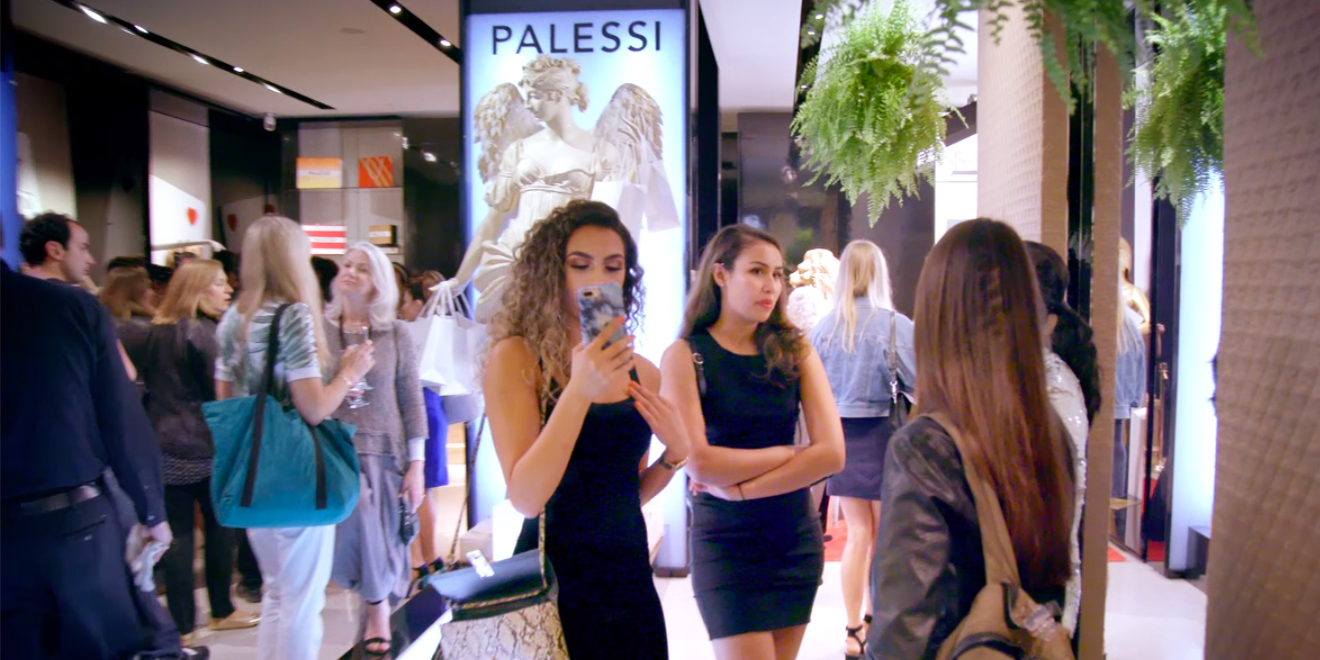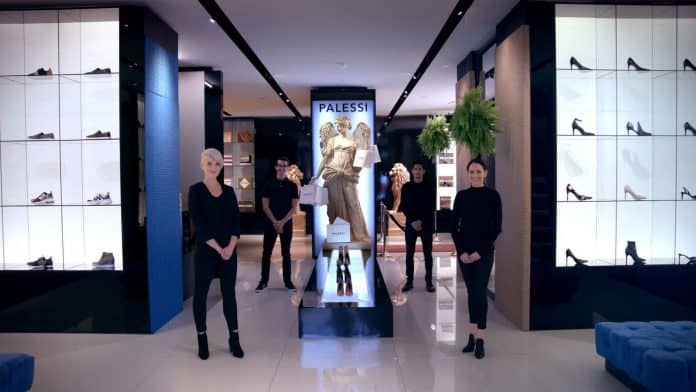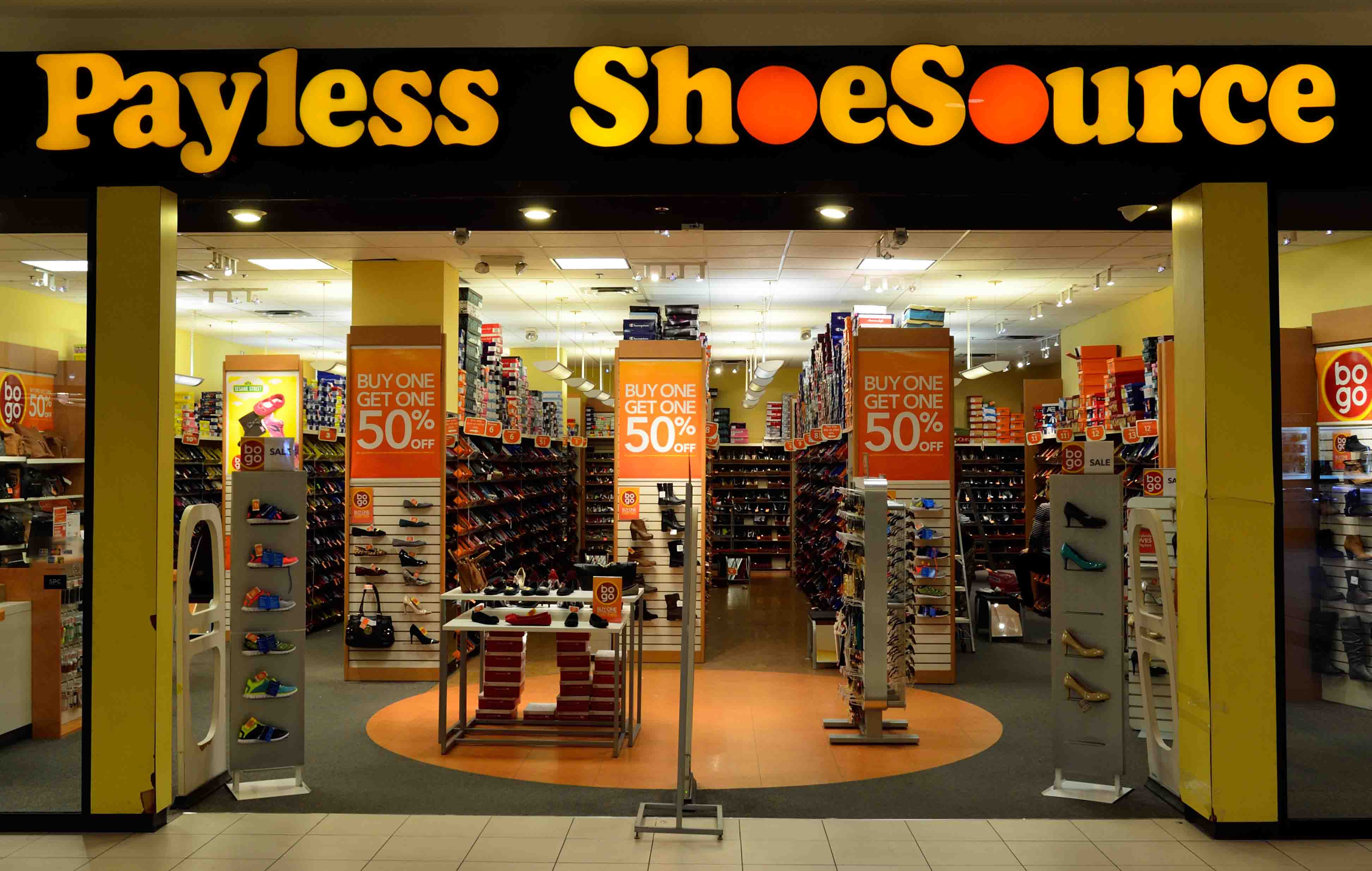
You may have heard about Palessi, the shoe store which recently opened its doors to social influencers for an exclusive experience. Those attending were impressed by the web site, the sleek look and feel of the store, as well as the impressive, refined staff. But what wowed them most was the exclusive assortment of the latest shoe styles. Several attendees couldn’t say enough about the exciting array of footwear. Many were eager to pay hundreds of dollars for the latest fashions in tow.

That’s when “the other shoe dropped” (pun intended). Store managers revealed that the “Palessi” shoes they were craving were really Payless shoes, and that the exercise was to create awareness about how the selection and quality of the local Payless inventory was actually an amazing value. The shoppers were astonished that the footwear was from a store they previously would never consider visiting.

This clever Payless encounter demonstrates what we’ve espoused for years in our book, Lead With Your Customer. We shared about the 6 Ps:
- Promise–What kind of customer experience you are guaranteeing
- People–Those on the front line delivering that experience
- Place–The setting where the service is delivered
- Process–Policies, procedures and rules that make teaser for customers to do business with you.
- Product–In this case, the shoes and other amenities you sell
- Price–The tangible and intangible cost to the customer when they are doing business with you.
We have a formula for this:
Promise < People + Place + Process + Product > Price
What this formula means is that when you Promise a better experience through your People, Place, Process and Product and customers will willingly pay a higher Price.
The “Palessi” experiment proves that if you improve the delivery of the overall customer experience, they will be willing to pay much more for the additional value. You have the similar effect with Starbucks, which may have good coffee, but most people have associated Starbucks with other facets of the overall experience. The real epiphany, however, may be for Payless itself. If they study their operation, they could see at least a dozen low or no cost ways that Payless could deliver a better customer experience. It could be as simple as
- Getting staff to be more attentive to your needs while you are shopping.
- Improving the footie socks people have to try on.
- Prepping the shoes in advance of being tried on.
- Improving the consistency in presenting the price tag
Sure, it would take some extra effort: experimenting and measuring to confirm how to improve the customer experience, but what’s the alternative? Payless is under a low price ceiling that keeps them from charging more for their shoes. There are competing retailers that dictate a low-cost business model – with the behemoth Walmart being one of them. But the price-centered retail model Payless is using is not working. That became obvious in 2017 when Payless was forced to close about 800 stores. Meanwhile, forward-thinking out-of-the-box retailers like Zappos is emphasizing the customer experience like never before. While Payless’s social experiment is fascinating to observe, they still need to pay attention to its current (ineffective) model and do the work necessary to improve the other important aspects of its customer experience.
Every retailer–or for that matter–every organization, whether a healthcare provider, a government agency, or a banking group, should consider the lessons provided by Palessi. What are you doing to create value. Is the current value proposition you offer working? Is there a better way? That’s what we do at World Class Benchmarking. We help you better look at the customer experience you provide to see new opportunities. Chat with us today about your current situation, and how to take it to the next level.
